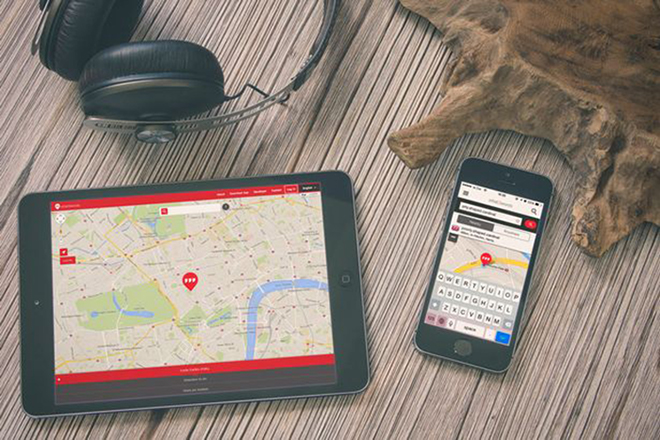
You need an address to vote, have access to government services, and, perhaps most important, receive mail. What 3 Words, a London-based company, has provided a way for all of these people to finally be on the map.
The firm has divided the earth into three-meter by three-meter squares, fifty-seven trillion squares in total. And each square has been assigned a series of three random words as a moniker to give every location on earth a unique positioning code.
The app is available for free across all smartphone platforms. It simplifies the process of locating a particular place. The three-word code is far easier to remember than a complicated set of GPS coordinates or addresses. Also, the words they use are simple and all effort is made to ensure the ease of use.
This system isn’t just useful in rural areas, it can greatly help in big developed cities. You can precisely tell your friends your three-word location code and they can find you within a very small area. No more wandering around crowded shopping centers or sports arenas, this will allow you to identify a very precise location easily.
While What 3 Words uses latitude and longitude to pinpoint locations, users only need to know the three-word code to find places. Alternately, they can search a well known location to find its three-word code. The app uses GPS and doesn’t require access to a data plan.
What 3 Words has been translated into ten languages and the interface is simple for anyone to use — I’m already planning my next trip to nodded.both.couple.
Editors' Recommendations
- You can finally move your WhatsApp chats from Android to iOS
- WhatsApp Buisness is beta testing a new shortcut for quick replies
- WhatsApp launches crypto-powered mobile payments in the U.S.
- WhatsApp finally enables its long-awaited multidevice feature for certain users
- You can now move WhatsApp messages between Apple’s iPhones and Google’s Pixels


